Kids stretching routine: Stretching for Young Athletes – Injury Prevention
Stretching for Young Athletes – Injury Prevention
Sports participation is a leading cause of injury in young people. Sports injuries can have both short- and long-term consequences. An injury can immediately sideline a player, putting both the fun of the sport and the health benefits of exercise on hold. An injury that keeps a child out of the game over the long term can increase the chances of gaining weight, becoming less fit in general and even developing arthritis in later years. It may not always be possible to avoid injury when playing sports, especially physical contact sports, but athletes can help protect themselves by preparing before and after a game or practice session by warming up muscles and then stretching.
Benefits of Warming Up and Stretching For Young Athletes
Whether the activity is skiing, running or playing a group sport like basketball or football, stretching keeps the young athlete’s body flexible. Flexibility can cut down on injuries, especially at the knee and ankle. Stretching again after activity should also be part of an injury prevention plan. Before any kind of physical activity, including stretching, the body needs to be warmed up with some light exercise. Walking, running in place or doing jumping jacks for a few minutes will warm up muscles.
Warm Up Stretches Before Workout or Playing Sports
Once muscles are warm, young athletes are ready for these stretches, each of which should be repeated three to six times:
- Forward lunge. Kneel on one knee. Place the other leg forward at a right angle (knee right over ankle). Lean forward to feel the stretch in the front of the thigh. Hold for 20 seconds. Repeat several times. Switch legs.
- Side lunge. Stand with feet far apart. Bend one leg and lean toward that knee. Hold for 20 seconds. Repeat several times, then bend and lean toward the opposite leg.
- Standing quad (thigh) stretch. Use a wall or chair for support.
The child should raise one foot behind him/her. Using the hand on the same side of the body, he/she should pull the foot up toward the buttocks, stretching the thigh. Keep the knees close. Hold for 20 seconds, then release. Repeat several times. Switch legs.
- Seat straddle lotus. Have the child sit down with the soles of the feet together in front of him/her, pressing knees to the floor. Place the forearms on the inside of the knees and push down as the child leans toward the ground. Lean forward from the hips. Hold for 20 seconds. Repeat several times.
- Side seat straddle. Sit on the floor, legs spread apart. With both hands, hold onto the shin of one leg. Lean forward, chin to knee. Hold for 20 seconds. Repeat. Switch legs.
- Seat stretch. Sit with legs straight out in front. Holding shins or ankles, lean forward from the hips. Bring the chin toward the knees. Hold for 20 seconds. Repeat several times.
- Knees to chest.
Lying on the floor, bend knees and bring them to the chest. Rock gently. Hold for 20 seconds. Repeat several times.
After every workout, repeat these same stretches to help the body cool down and increase flexibility while muscles are still warm.
How Often should young athletes stretch?
- Before starting a game, sport or practice, all athletes should warm up the muscles with five to 10 minutes of a light version of exercise. For example, to warm up for basketball, do some relaxed shooting; for jogging, walk. A warm-up will increase blood flow to the muscles and tendons, which makes them less likely to be injured.
- After exercise, cool down for 10 minutes by decreasing the intensity of the activity. Cooling down helps the muscles eliminate waste products and decreases soreness. Gently stretch the muscles used in the activity to help relax them.
How Many Times a Week Should You Stretch?
Young athletes should stretch at least three times a week, but only after they have warmed up or after a workout, when muscles are loose and relaxed.
How Long to Hold a Stretch: Increases Flexibility
- When stretching, hold each stretch (no bouncing or jerking) for 20 seconds. Don’t stretch to the point of pain.
- Repeat stretches two to three times for each muscle group.
- There’s no prize for finishing a stretching routine first, so encourage kids to take it slow to get all the benefit from the stretch.
Learn more about physical therapy for athletes offered by CHOC.
Move Your Body With These Animal-Inspired Stretches
Have you ever gotten up from a nap or after sitting a long time feeling like you need a nice big stretch? Maybe you find yourself reaching for the stars with your arms or bringing your hands all the way down to the floor to touch your toes.
Stretching is actually really good for you! Not only does it help your body stay loose so you can throw a ball extra-far or do the splits, it can also be a great way to calm your mind and take a break from thinking—like when you’ve been doing schoolwork, learning a new language, or playing the guitar.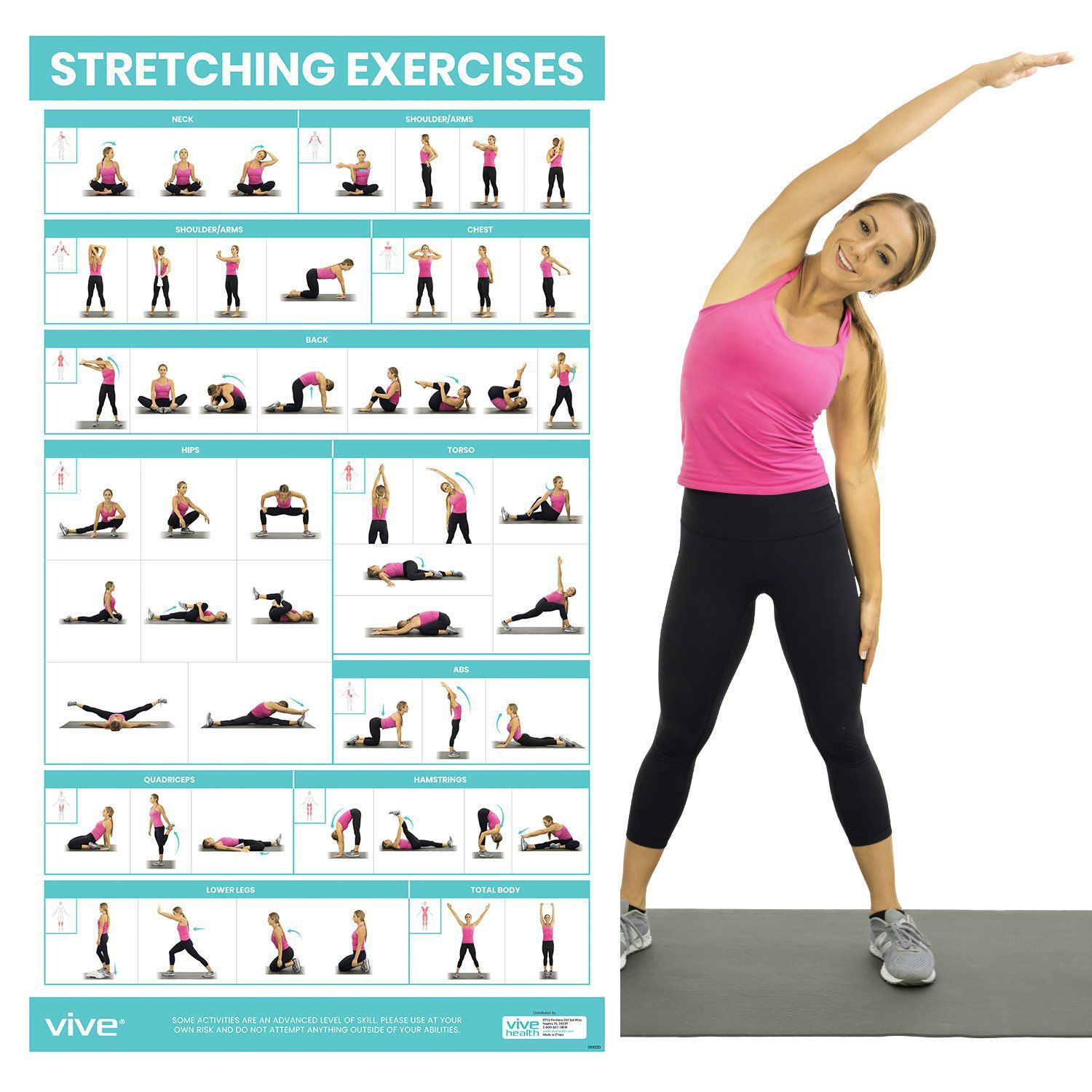
And what better way to make a fun activity even more fun than to let animals inspire us for each stretch—plus learn a few fun facts about them along the way.
A huge shoutout to DZ Vegan Kid Athletes, three vegan sisters, for demonstrating each stretch. These girls are impressive athletes who are doing so much for animals by showing that you don’t need to eat meat, eggs, or dairy in order to be strong.
View this post on Instagram
A post shared by PETA Kids (@petakids)
So put some comfy clothes on, find some space, and maybe ask a family member to stretch along with you!
Reach for the Sky Like a Giraffe
Since giraffes are really tall (the tallest mammals on Earth, actually), there’s no better way to act like one than by stretching up as high as you can.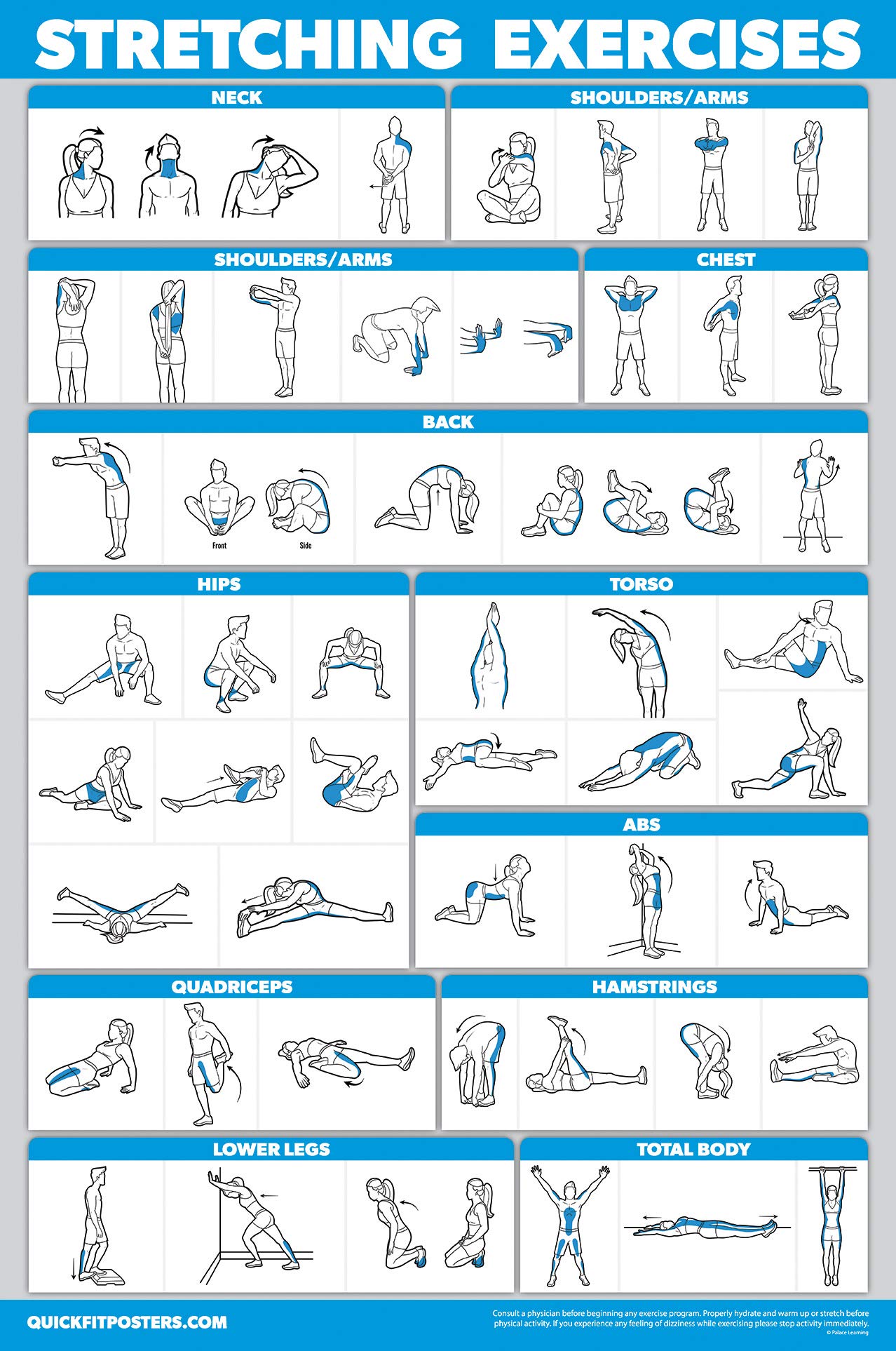
Did you know giraffes are herbivores? They eat mostly leaves, seeds, buds, and branches off super-tall trees. They also only need to drink water once every few days! They are very social animals who live together in groups called “towers.”
Touch Your Toes and Sway Like an Elephant
Bend at the hips, and let your arms hang down. Then swing your arms left to right—like elephants do with their trunks!
Elephants are herd animals—all the females in the family stay together their whole lives. Elephants also have excellent memories, and they mourn the loss of friends and family members who have died.
Stretch Your Whole Body Like a Dog
Starting in a standing position, bend down and place your hands on the floor out in front of you and then straighten your legs, pushing back with your hips to stretch your whole body. This stretch is called Downward Dog, and for good reason—maybe you’ve seen a dog stretching like this.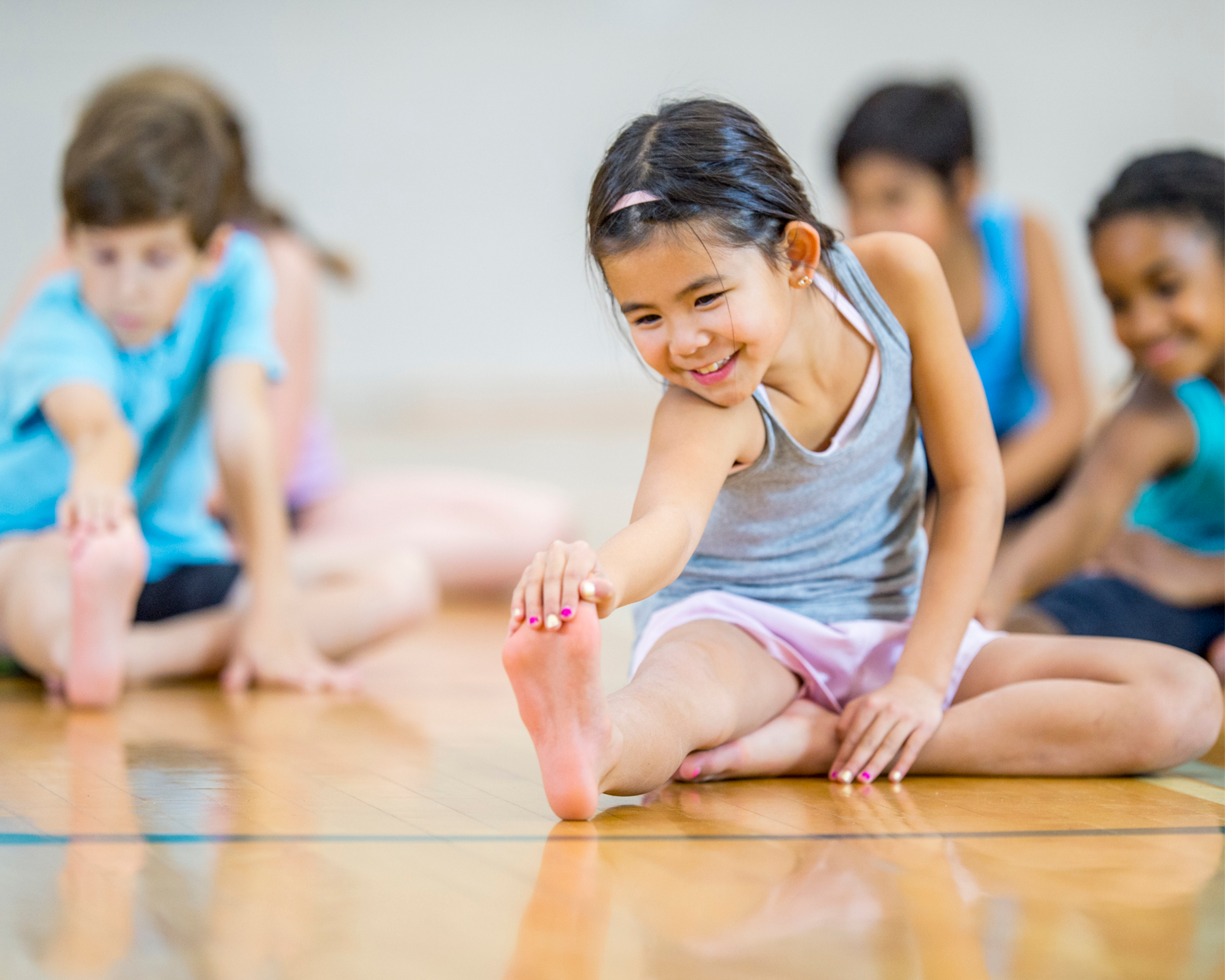
Dogs are loving individuals who look to their human families for love and attention. They enjoy being petted and playing games. They are great listeners and can even hear sounds humans can’t.
Crouch Down Like a Frog
Place your feet a little bit wider than your hips, and drop your bottom almost to the floor. Put your fingers on the floor in front of you to help you keep your balance—you’ll look just like a frog who’s ready to leap off a lily pad.
Frogs are so interesting. They can jump over 20 times the length of their own body, and instead of drinking water, they absorb it through their skin! Some frog species use a “babysitter” to watch over their eggs until they hatch.
Stretch Your Belly Like a Snake
Lie down flat on your stomach. Place your hands on the floor on each side of your chest, and push your upper body upward, stretching your tummy.
Snakes smell with their tongues and can even tell which direction a smell is coming from.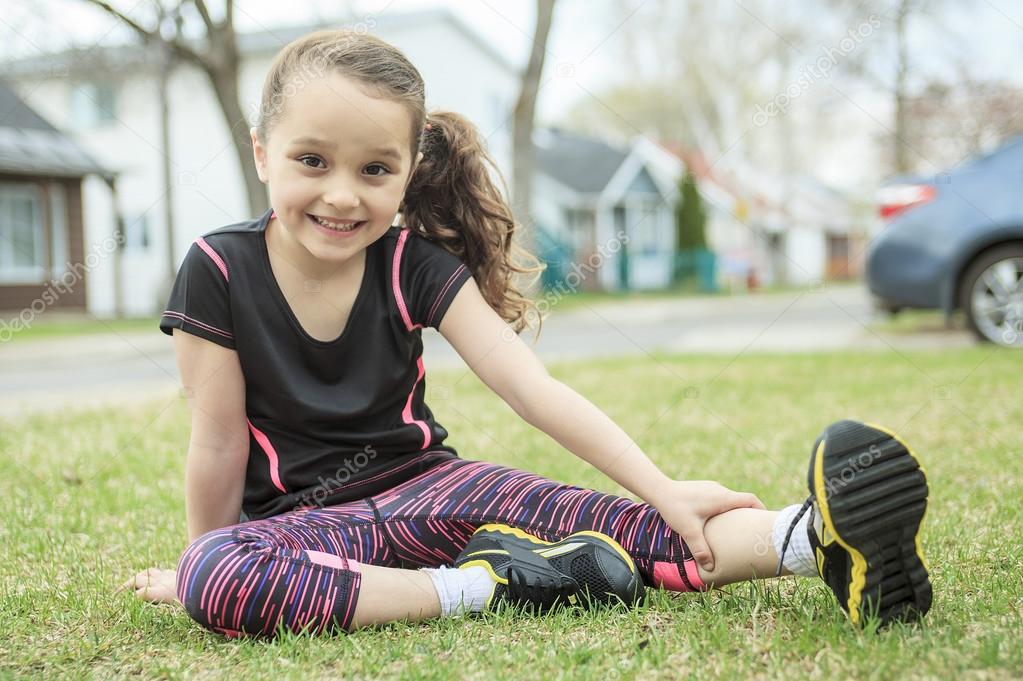
Drop Your Belly Like a Cow
Get on your hands and knees, and drop your belly toward the floor as you lift your chin and chest toward the ceiling.
A herd of cows isn’t too different from a pack of wolves—some individuals are leaders, and there are complex social dynamics. Each cow can recognize 50 or more members of the herd, and relationships are very important to them.
Arch Your Back Like a Cat
After doing the cow stretch, arch your back toward the ceiling as you move your chin down toward your chest.
Cats can jump up to six times higher than their own height. They use different body language, purrs, and other sounds to communicate what they want. They also love to sleep near or on things that smell like their human companion (aww).
*****
That was great! You got your body moving, hopefully you feel more relaxed, and maybe you learned something about animals.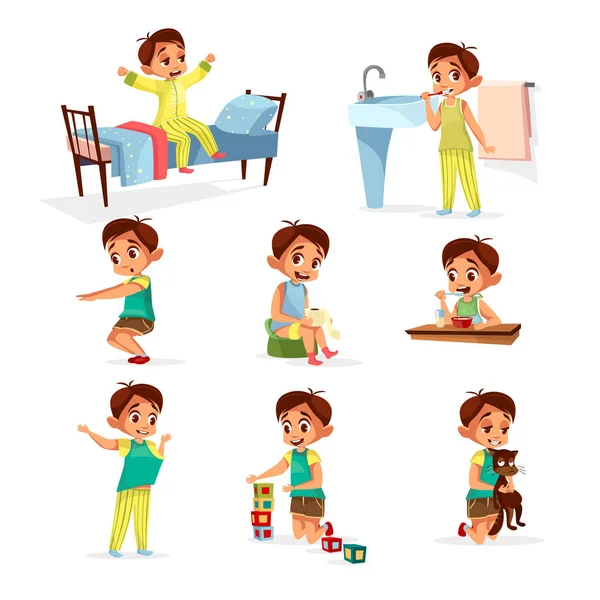
Quiz: What Animal Are You Most Like?
Stretching for children – stretching lessons for children with twine
Stretching for children
Stretching is necessary not only for those children who are professionally involved in dancing, gymnastics or other sports. Even for those children who do not want to take places on pedestals, stretching will bring a lot of benefits:
- will help to acquire a beautiful correct posture;
- will help develop coordination of movements;
- will teach you to control your body;
- will strengthen muscles and ligaments;
- forms a beautiful slender figure.
Children often want to achieve success in sports – sit on the splits, make a bridge, spin the wheel. At a younger age, muscles and ligaments are very malleable and easily influenced, so it is easier and easier for children to translate their plans into reality.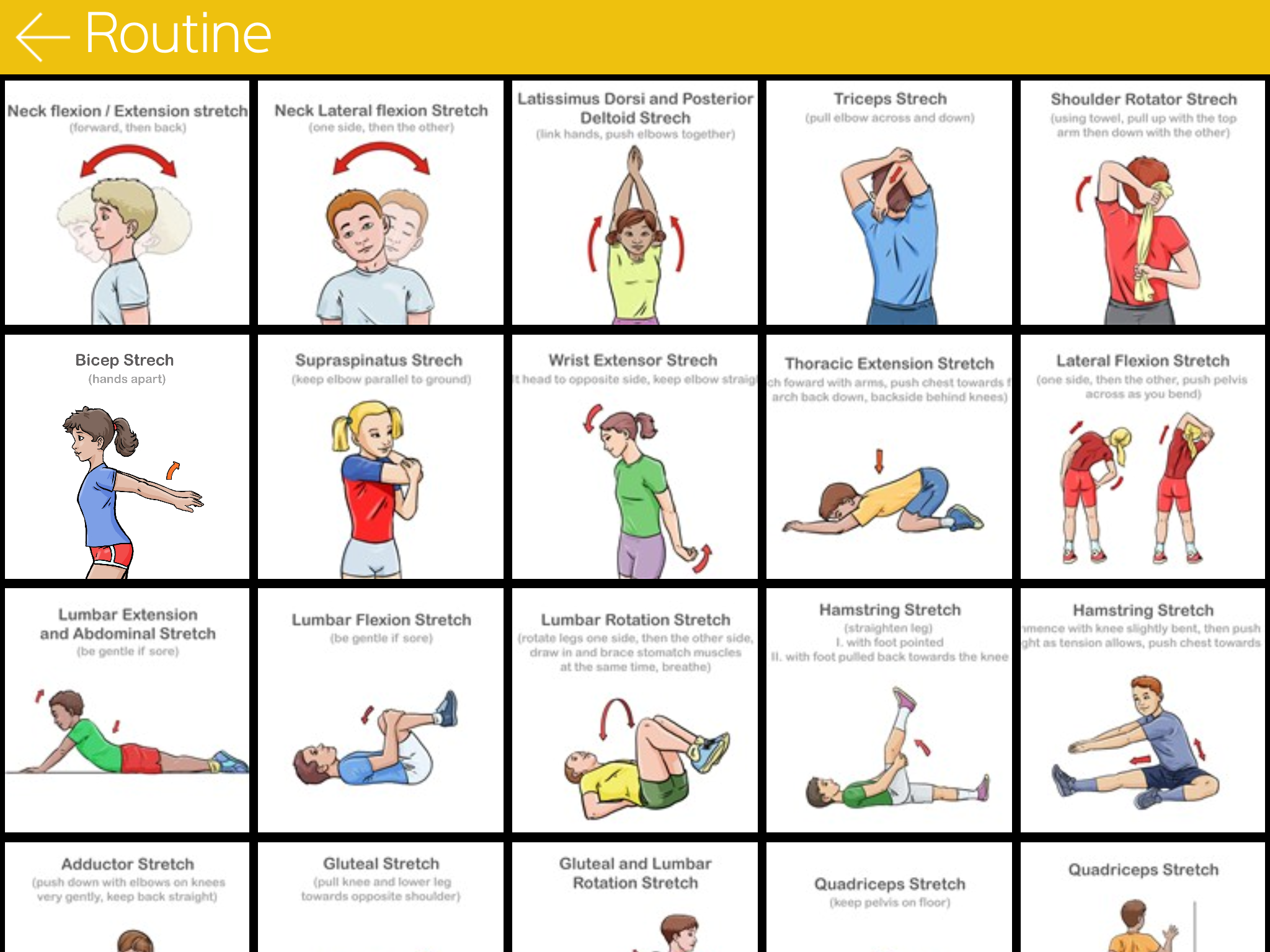
Stretching for beginners
Children’s stretching is an opportunity to raise the child’s authority, help him to believe in himself, to make sure that everything is possible. Be sure to contact professional teachers for stretching, especially if the child has not previously played sports. The reason is not only that the twine stretch for children must be carried out correctly. Not every child is ready to completely immerse himself in work, obey the coach and follow all his instructions.
What do the kids do during the Cosmo Dance stretching class, since we don’t just do the splits? Our students work on the muscles of the whole body, stretch their legs, back, arms, gain flexibility. We will teach you how to perform a variety of exercises and tricks that young athletes are so eager to master. Now bridges and wheels will not be something inaccessible!
How can I sign up for split and general stretching classes for children at Cosmo Dance? Choose a convenient time for training and a branch of the school that is more convenient for you to get to. You can visit trial classes with different trainers in order to find a teacher that is most appropriate in character and approach for your child.
Split and general stretching for children in Cosmo Dance means treating young athletes as if they were adults, attention and respect for students, an individual approach to each of them.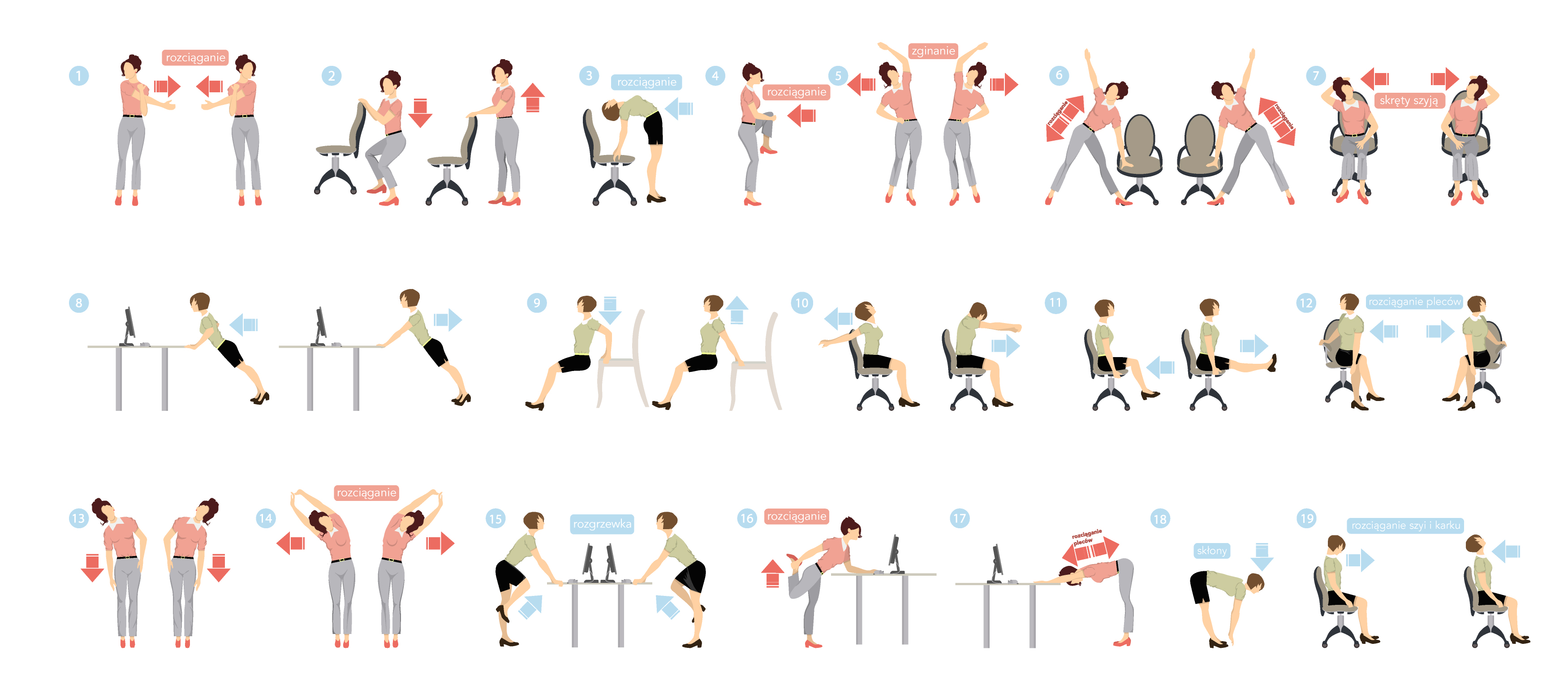
Video Stretching for children
What to wear
Trial lesson
Individual lesson
Just you and the coach
Children’s stretching – harm or benefit?
Website login
Forgot your password?
Registration
or
register
By clicking the “Register” button, you consent to the processing of personal data
Health
Author
Subscribe to the author
You will receive a notification about new articles by this author by e-mail.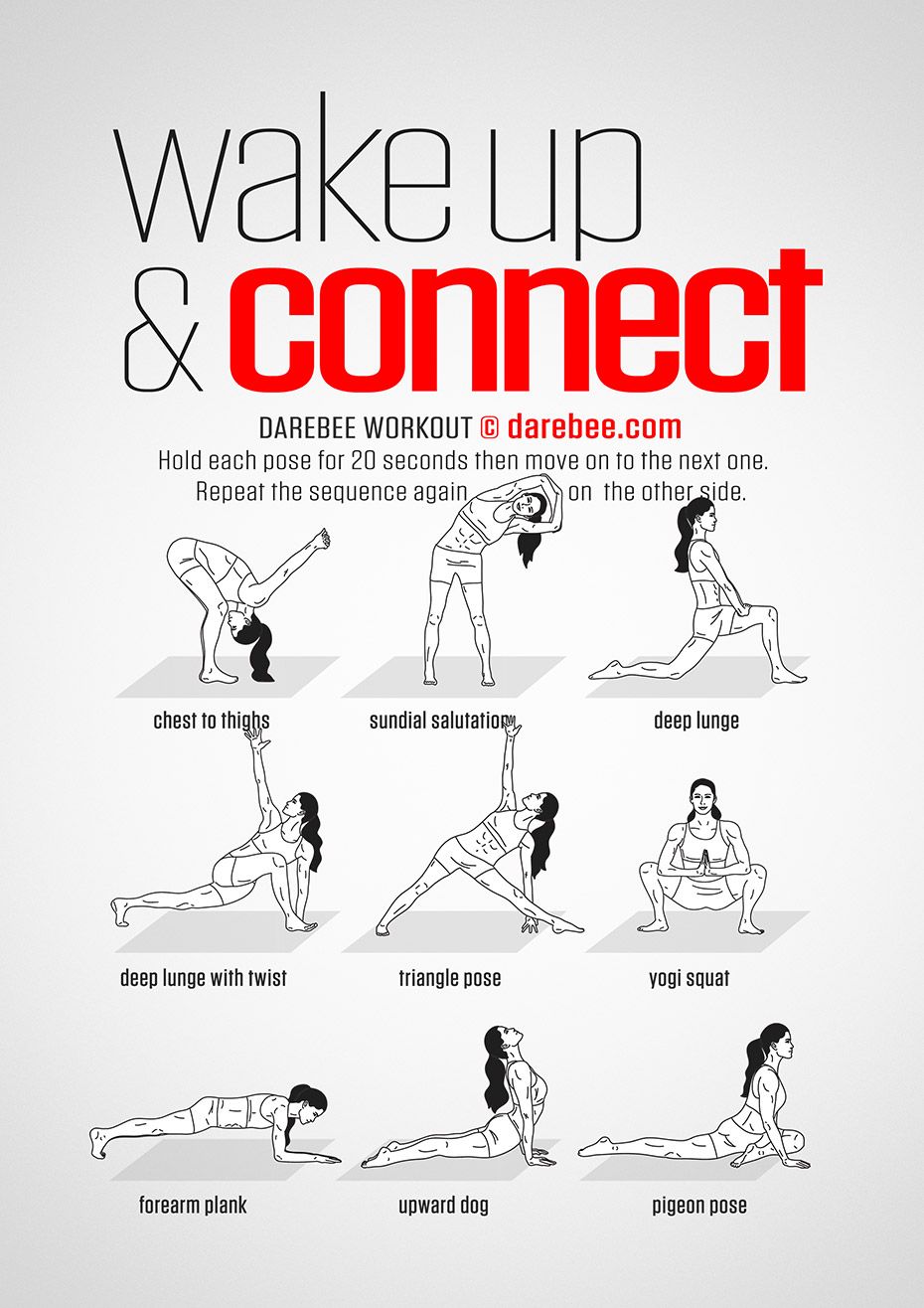
You can unsubscribe from notifications at any time by clicking on a special link in the text of the letter.
subscribe
Contents
Is stretching bad for kids?
What kind of stretching is beneficial?
What stretching methods are harmful?
Knee extension with hamstring stretch
90 degree glute stretch
lumbar stretch
Stretching Through Pain
Stretch Bone Blocks
Rock and Spring During Stretching
What exercises are suitable for children’s stretching?
Photo source: Freepik
Sport is the key to health and longevity. It is desirable to cultivate the habit of physical education from childhood. And one of the most important, as well as controversial points in sports exercises is stretching. In this article, you will learn the answers to the following questions: Is stretching dangerous for children? How to choose the right stretching exercises? How can gymnastic exercises help us?
Is stretching bad for kids?
Asking this question, it is worth considering: what in our life is not harmful? In fact, almost everything is useful, but only with adequate, moderate consumption.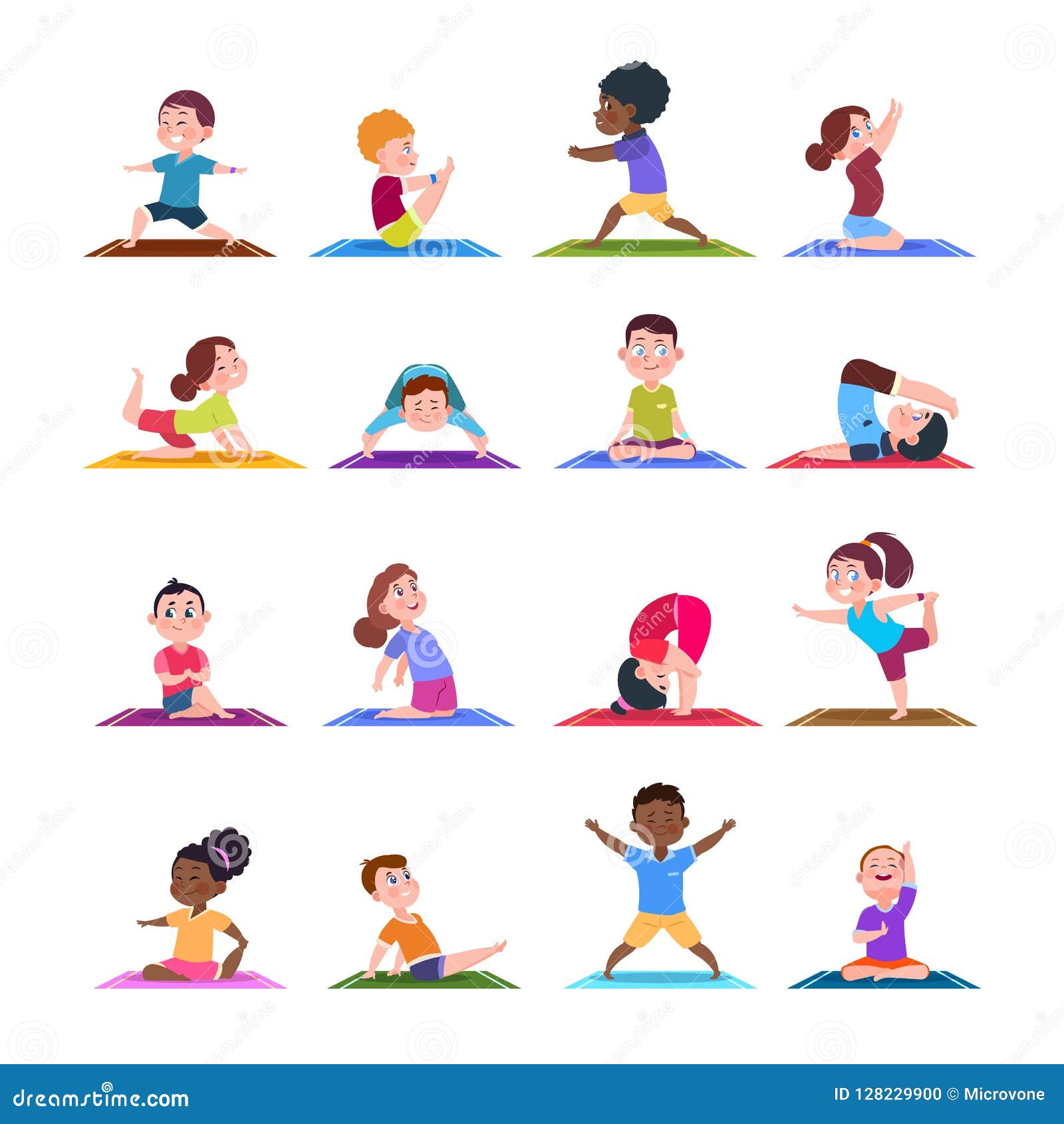
As the child grows older, the exercises gradually become more difficult. It is better to focus on the development of flexibility at the age of 6-7 years. At this time, the muscular-ligamentous apparatus is already ready for simple exercises.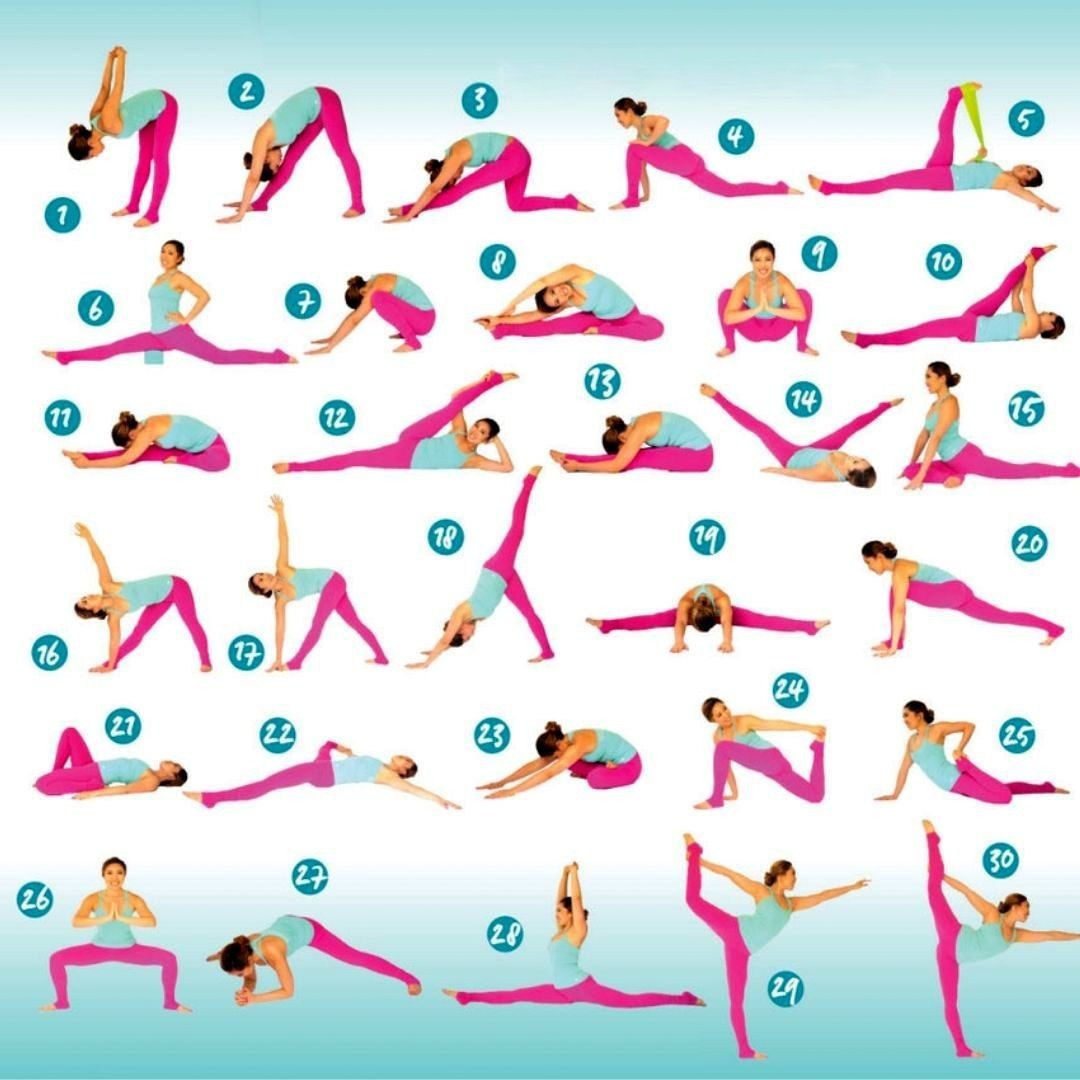
Children’s stretching allows you to optimize and normalize the tone of various muscle groups. It relieves tonic tension, which contributes to the activation of the corresponding structures of the brain. Therefore, within reasonable limits, stretching is very useful for children.
What kind of stretching is beneficial?
Anastasia Dolzhenkova, coach of the Lokomotiv European Gymnastics Center, explained how to properly approach the issue of stretching for children:
- Stretching exercises for children should be performed based on the natural process of movement.
-
The child should feel a soft stretch in the muscles, not accompanied by pain.
-
You need to engage in a spacious, warm room that is well ventilated.
-
Dress your child in comfortable clothes and socks.
-
Let your child drink whenever he wants to prevent dehydration.
-
At the initial stage, do stretching exercises with your child every other day so that the body rests, and then daily.
-
Conduct classes (on average) for half an hour.
-
Teach your child to breathe correctly – evenly, deeply.
In addition, stretching from an early age helps to optimize the child’s muscle tone and helps to eliminate various muscle dystonias and clamps. It can increase the physical activity of the child, improve the elasticity of muscles and ligaments, and strengthen the muscles and articular ligaments. According to a number of medical indications, stretching is very useful for the formation of a correct posture and gait, it increases the range of motion, thereby reducing the risk of injury. In addition, gymnastics removes stiffness in the body, relieves physical and mental overwork, which is especially characteristic of school-age children.
On their own, especially at the beginning of classes, children cannot stretch correctly. A specialist should help them with this. And it is very important that he, while helping the child, act slowly and smoothly, avoiding jerks.
Photo source: Freepik
What stretching methods are harmful?
Unfortunately, on the issue of children’s stretching, everything is not always clear, since sometimes some exercises are not at all beneficial. But this can happen in the case of special, medical contraindications or a completely illiterate approach and the wrong way of stretching. Below is a list of dangerous gymnastic exercises that you should not do if you want to do healthy stretching.
Knee extension with hamstring stretch
The muscles of the back of the thigh cross two joints – the hip and knee. Very often, people focus on stretching the muscles around the knee, arching it backwards and ignoring the hip joint. These are the same people who can touch the floor with their hands straight, but have a terrible technique of tilting with weight. It is always worth bending over by stretching the muscles that cross the hip joint. Overextension of the knees under load over time can lead to ligament damage or arthrosis.
90 degree glute stretch
The problem is that instead of external rotation of the femur, many externally rotate the lower leg, which puts a load on the ligamentous apparatus of the knee. This stretch should be used in a non-aggressive way, without extreme outward rotation of the lower leg and pressure on the knee. You need to make sure that the abduction of the knee to the side is due to the femur, and not the lower leg.
Lumbar stretch
The lumbar spine requires stability. Its neighbors should be mobile – the thoracic spine and pelvis. The less mobile the lower back, the better. Work on stretching the muscles of the hip joint and on improving the mobility of the thoracic spine. Dangerous exercises include hanging on the horizontal bar (including for the shoulder joints).
Stretching Through Pain
Stretching itself brings discomfort, but they should subside after 20-30 seconds. No one should train through enduring pain.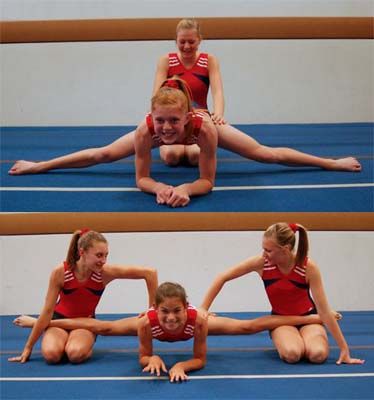
Stretch Bone Blocks
There are many reasons that can limit the range of motion in a joint. Sometimes the problem is in the bones, when they no longer fit together so that the movement in the joint is full and complete – this is called congruence. Bone “calls” and growths can be, for example, in the shoulder joints or the ankle in front. Sometimes the reason is in injuries, in the rigidity of the joint capsule. Before pulling, it is better to find out the reason.
Rock and bounce while stretched
When a tissue stretches unusually, receptors on it read the information and send a signal to the spinal cord that there is a threat of rupture. It responds with a reflex contraction of the muscle to stop the dangerous stretch.
In an untrained person, it turns on quickly and plays a protective role, preventing injuries. It looks like a complete lack of flexibility, when the amplitude is very small, and you can’t move on.
However, if you stretch regularly, over time the nervous system becomes more and more stable and the reflex brakes move further. So the person becomes more and more flexible.
But the spring, swinging with a rebound during stretching, using inertia to go deeper or reach further, can be injured – the myostatic reflex will not work in time. Therefore, move slowly, smoothly and only forward.
It is believed that in order to effectively perform stretching exercises, it is necessary to overcome pain. Children are absolutely not ready for this, so the coach is forced to use force. As a result, many novice athletes refuse to attend training.
Doctors say that exhausting and too intense gymnastics have a negative impact on the health of athletes.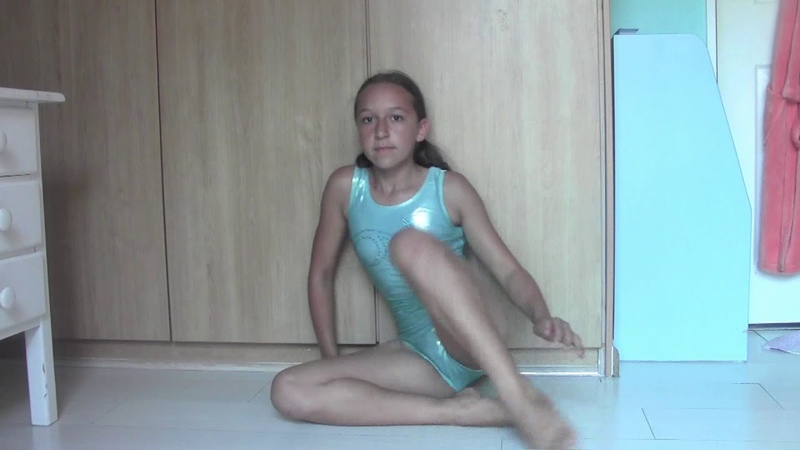
Photo source: senivpetro on Freepik
What exercises are suitable for children’s stretching?
Firstly, classes are recommended to be carried out at a slow pace, with calm music. The average duration is 30–45 minutes.
In the development of flexibility, as in any other business, the main thing is not to overdo it. Forcing the tensile force and excessive loads can lead to microtrauma, as well as discourage interest in classes.
Rich Lyudmila Mikhailovna, a physiotherapist and a specialist in diseases of the musculoskeletal system, spoke about the benefits of exercise for developing flexibility in children.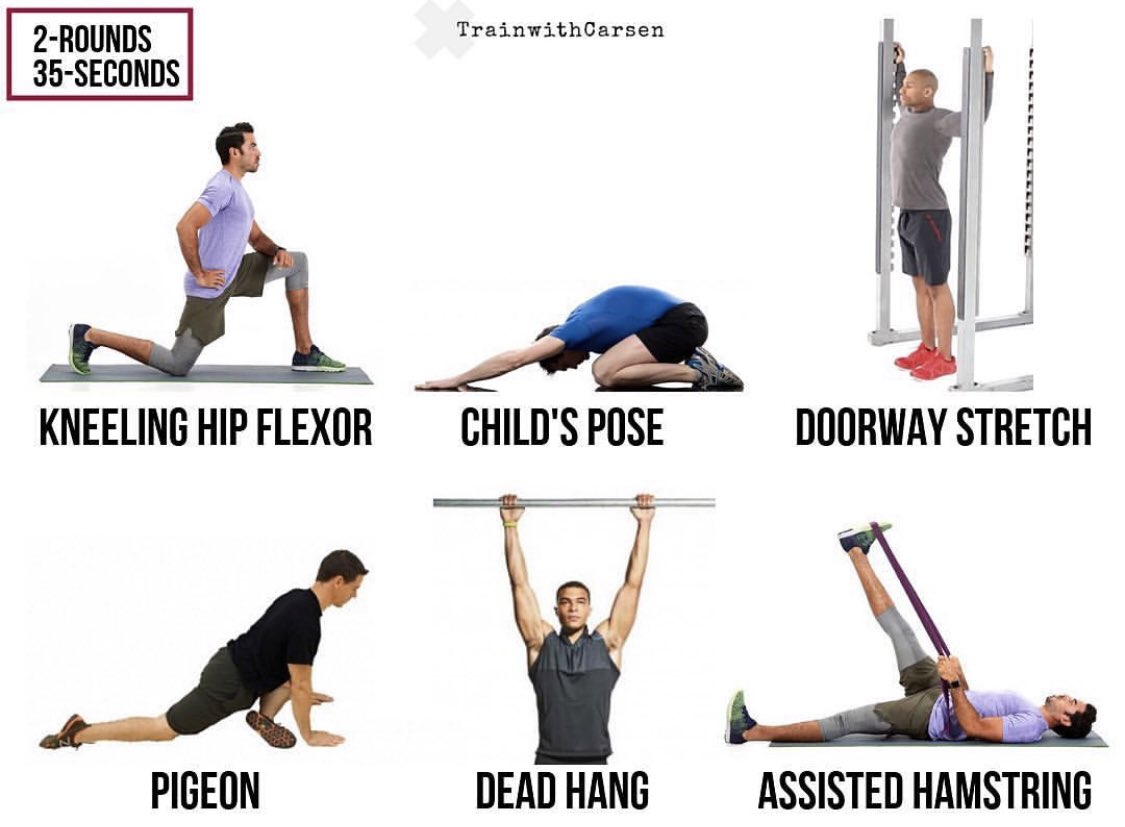
- Butterfly. Starting position: sitting, legs bent at the knees, feet connected together and pulled towards you. Slowly spread your knees, trying to lower and touch them to the floor. Then lean forward and in the same position reach for your hands, trying to touch your legs with your stomach.
- “Pulls”. Starting position: lying on your back. Stretch your arms and legs in different directions, while tensing your abdominal muscles.
- “Castle”. Starting position: standing, arms along the body. Raise your right hand up, bend at the elbow joint and place your palm behind your back on the shoulder blade. With your left hand from below, stretch to your right, trying to connect your hands behind your back in a lock. Repeat the same with the other hand.
- Forward bends. Starting position: standing, legs apart. Stretch your arms down, trying to reach the floor, while keeping your knees straight.
It is good if during the performance of all the exercises the child can not hold his breath. Repeat 4-6 times, lingering at the bottom for 3-5 seconds. Gradually teach the child to put his feet closer to each other to increase the amplitude.
Summarizing…
Today’s children, unfortunately, lead a sedentary lifestyle. Even elementary school students spend 5-6 hours at their desks, and then, when they come home, they again sit at the table for several hours doing their homework. And after that, few of them rush to the street to play active games with their peers. As a result, the child is overworked both physically and mentally. And in the evening, all this turns into a tantrum, since the children still cannot control themselves in full.
Stretching just teaches the child not only to feel his tension, but also to relieve it in a timely manner. This will allow him to make the best use of his forces.
The postulate that pain is a sign of quality in sports has long been refuted.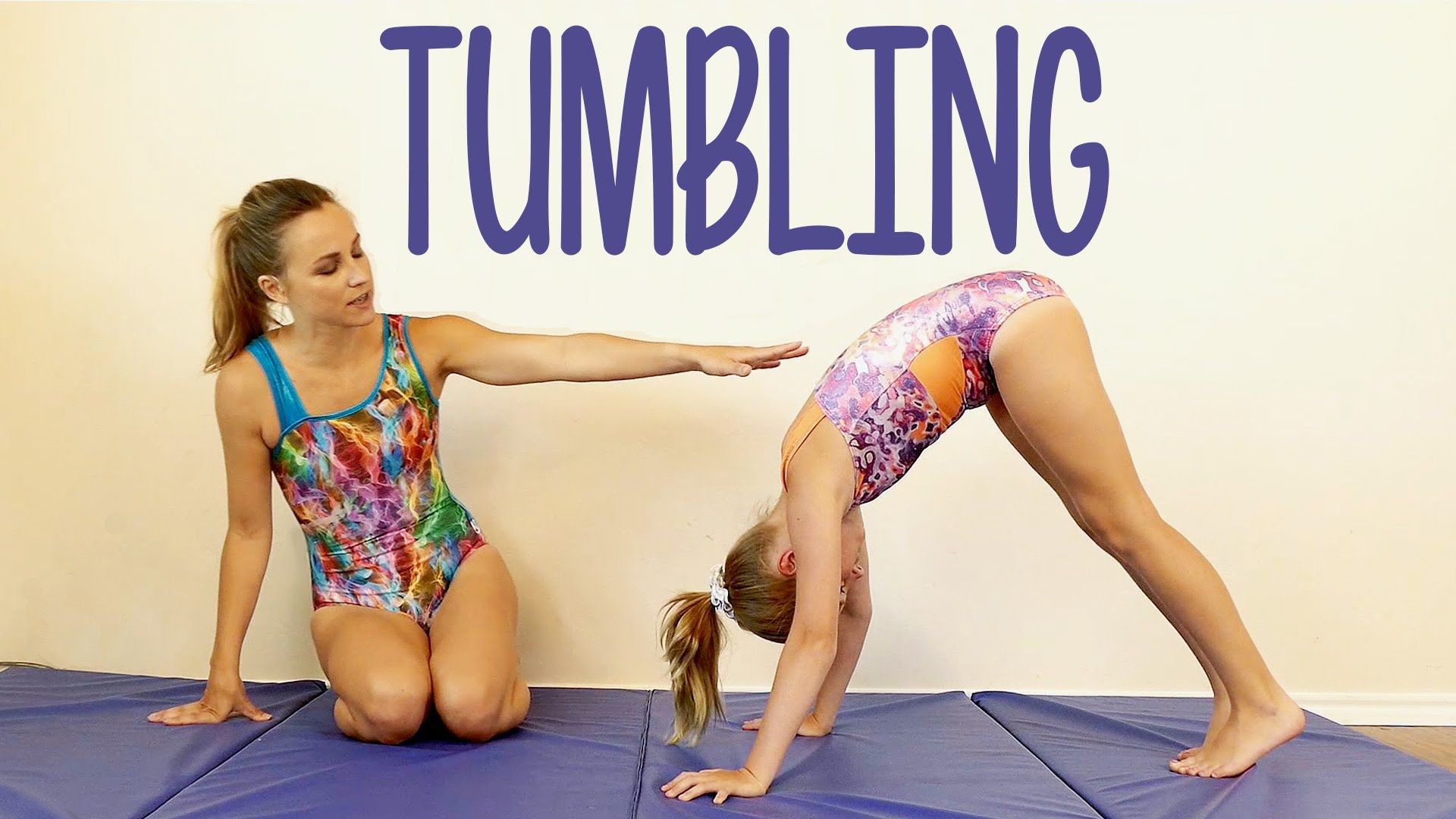
All articles
This article is for educational purposes only and does not constitute scientific material or professional medical advice. For diagnosis and treatment, please contact your doctor. See rating of doctors.
We cover all aspects of life
Fresh in section
-
Cherries, raspberries, cranberries: determining the state of health…
July 14 at 10:00
-
What to eat to get pregnant faster?
July 11 at 2:00 pm
-
Eating habits: how to teach a child to eat right
June 19 at 15:00
-
Effect of caffeine on male and female fertility
June 19 at 13:00
-
How does pregnancy change breasts?
June 16 at 12:00
-
Infertility due to chlamydia: how to cure and how not to .
..
June 7 at 13:00
-
Voice of life. What are the benefits of vocal lessons?
June 5 at 11:00 am
-
No and will not have children?
May 26 at 11:00 am
-
Bloating after childbirth: why it happens …
May 12 at 12:40
-
What to eat to get diabetes on the second…
May 11 at 11:30
-
The teaspoon method: remove the jowls and the second pick.
..
May 7 at 12:00
-
“Two nuts”, or Who are “almond mothers”
May 5 at 17:00
All articles
Top authors
section
All authors
Increasing the birth rate and saving the country’s budget
Vasily KhudoleevAbout project
The latest news from the life of the city and not only
Interesting articles
Demography
This is a failure in the exam. Demographer – about how v…
Smolny told how he would fight the decline in the birth rate in St. Petersburg …
Health
Cherry, raspberry, cranberry: determining the state of health .
How to understand by the appearance of menstruation whether everything is in order with you or something …
Pregnancy
How not to do it: 5 myths about how to speed up your…
Let’s shed light on those methods that in trying to get pregnant … do not work.
Health
What to eat to get pregnant faster?
One of the proven methods for increasing the chances of conception is considered to be changing …
More articles
Health
Carbonated tea to lose weight!
Green tea, lemon and soda are the best remedy to get rid of puffiness.







 The child should raise one foot behind him/her. Using the hand on the same side of the body, he/she should pull the foot up toward the buttocks, stretching the thigh. Keep the knees close. Hold for 20 seconds, then release. Repeat several times. Switch legs.
The child should raise one foot behind him/her. Using the hand on the same side of the body, he/she should pull the foot up toward the buttocks, stretching the thigh. Keep the knees close. Hold for 20 seconds, then release. Repeat several times. Switch legs.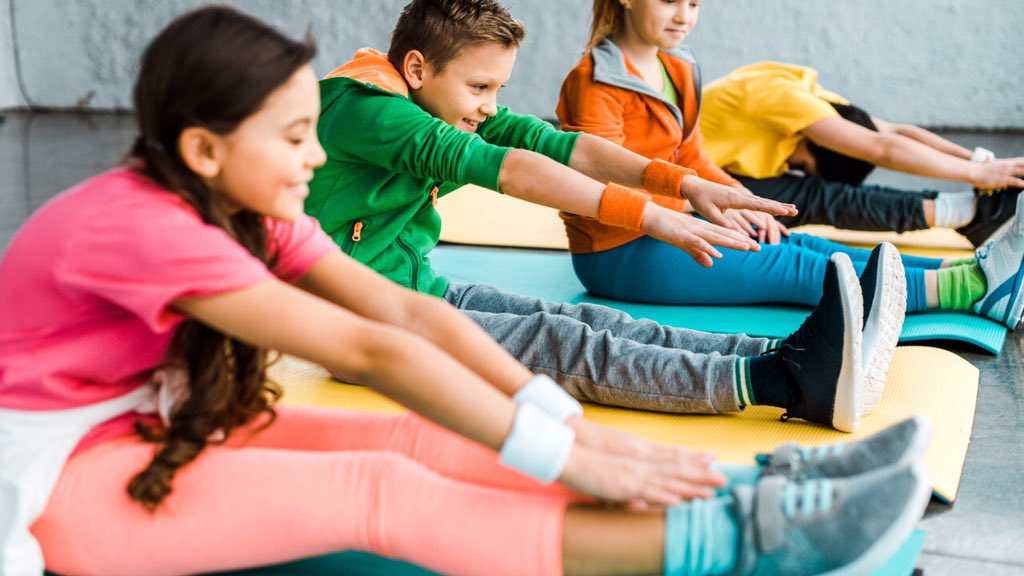 Lying on the floor, bend knees and bring them to the chest. Rock gently. Hold for 20 seconds. Repeat several times.
Lying on the floor, bend knees and bring them to the chest. Rock gently. Hold for 20 seconds. Repeat several times.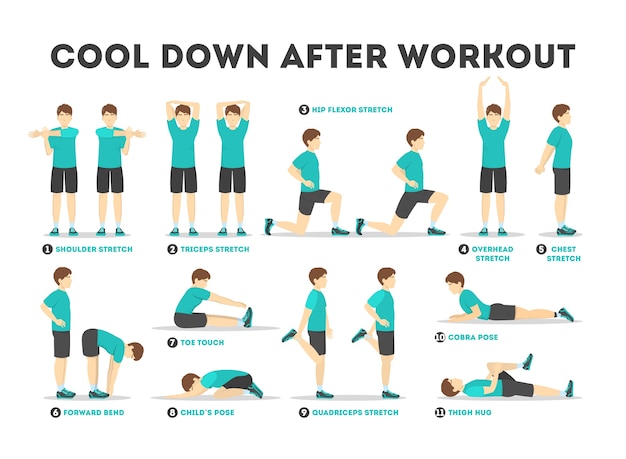
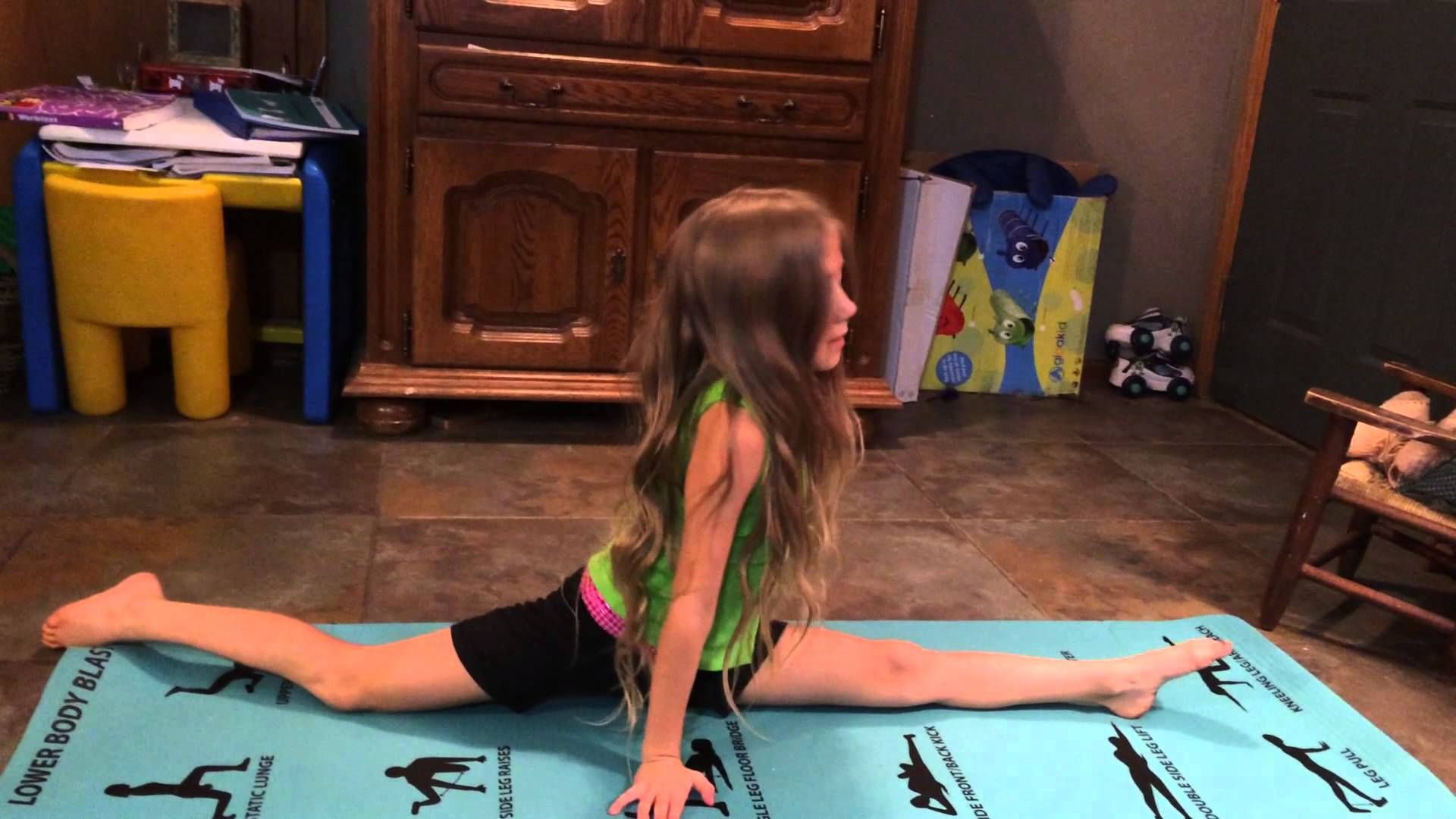 It is good if during the performance of all the exercises the child can not hold his breath. Repeat 4-6 times, lingering at the bottom for 3-5 seconds. Gradually teach the child to put his feet closer to each other to increase the amplitude.
It is good if during the performance of all the exercises the child can not hold his breath. Repeat 4-6 times, lingering at the bottom for 3-5 seconds. Gradually teach the child to put his feet closer to each other to increase the amplitude.  ..
.. 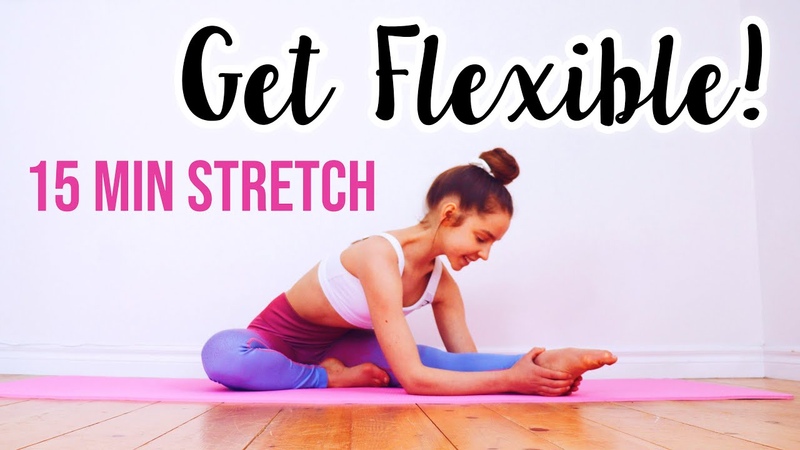 ..
.. 